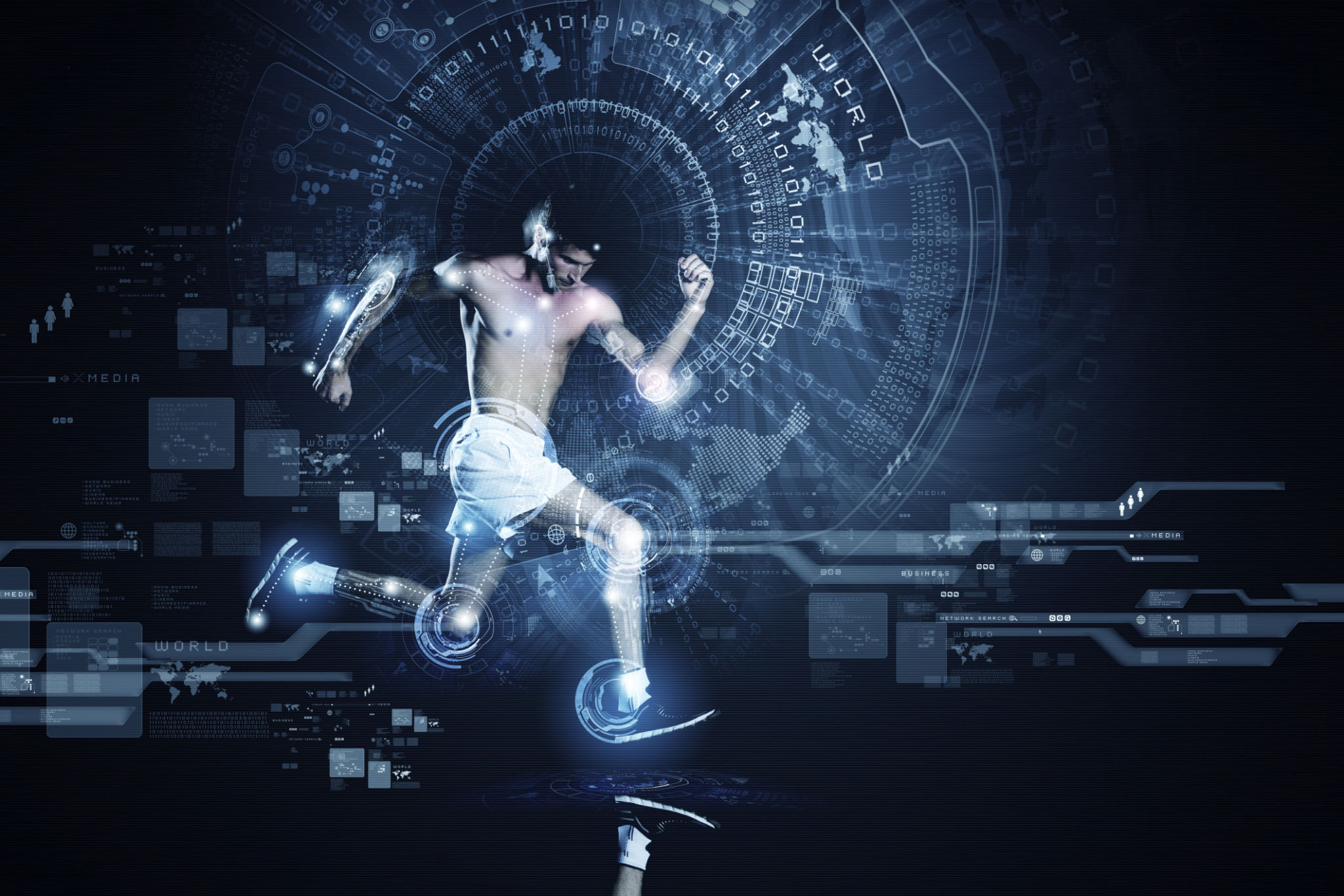A Beginner's Guide to AI Scouting: What Every Sports Enthusiast Should Know
Understanding AI Scouting in Sports
In recent years, artificial intelligence (AI) has made significant strides in various fields, and sports is no exception. AI scouting has emerged as a revolutionary tool for teams and organizations looking to gain a competitive edge. For sports enthusiasts eager to understand this cutting-edge technology, this guide will provide essential insights into how AI scouting is transforming the sports industry.

What is AI Scouting?
AI scouting refers to the use of machine learning algorithms and data analysis techniques to evaluate and assess athletic talent. By analyzing vast amounts of data, including player statistics, game footage, and even social media activity, AI systems can identify patterns and insights that human scouts might overlook. This technology enables teams to make data-driven decisions when recruiting new players or developing strategies for upcoming games.
The Benefits of AI Scouting
AI scouting offers numerous benefits that can enhance team performance and efficiency. Some of the key advantages include:
- Data-Driven Decisions: AI provides objective analysis based on factual data, minimizing human biases in talent evaluation.
- Efficiency: AI can process large datasets quickly, enabling teams to scout more players in less time.
- Predictive Analytics: AI algorithms can predict player development trajectories and potential injury risks, allowing teams to plan strategically.

How AI Scouting Works
The process of AI scouting involves several steps. Initially, data is collected from various sources such as match statistics, player performance metrics, and video footage. This data is then analyzed using machine learning models that recognize patterns and correlations. Finally, the insights generated are used to create detailed reports and recommendations for coaches and management teams.
AI Scouting vs. Traditional Scouting
While traditional scouting relies heavily on human intuition and experience, AI scouting introduces a more analytical approach. Traditional scouts can sometimes miss subtle patterns that AI systems can detect through data analysis. However, it's important to note that AI is not a replacement for human scouts but rather a complementary tool that enhances their capabilities.

Challenges and Considerations
Despite its advantages, AI scouting comes with certain challenges. One major concern is the quality of data; inaccurate or incomplete data can lead to flawed analysis. Additionally, there are ethical considerations regarding player privacy and the potential misuse of data. Teams must ensure that they address these challenges while integrating AI into their scouting processes.
The Future of AI Scouting
As technology continues to evolve, the future of AI scouting looks promising. Innovations such as real-time data analysis during live games and the integration of wearable technology are set to further enhance AI's role in sports scouting. Sports enthusiasts can expect a more dynamic and data-driven approach to talent evaluation in the coming years.

Getting Involved with AI Scouting
For those interested in exploring AI scouting further, there are several ways to get involved. Pursuing studies in computer science or data analytics with a focus on sports analytics is one option. Additionally, staying informed about the latest developments in AI technology through online courses, webinars, and industry conferences can provide valuable insights.
In conclusion, AI scouting is reshaping the landscape of sports talent evaluation. By leveraging the power of data and machine learning, teams can make more informed decisions that enhance their competitive edge. For sports enthusiasts, understanding AI scouting is an exciting opportunity to witness the intersection of technology and athletics.
